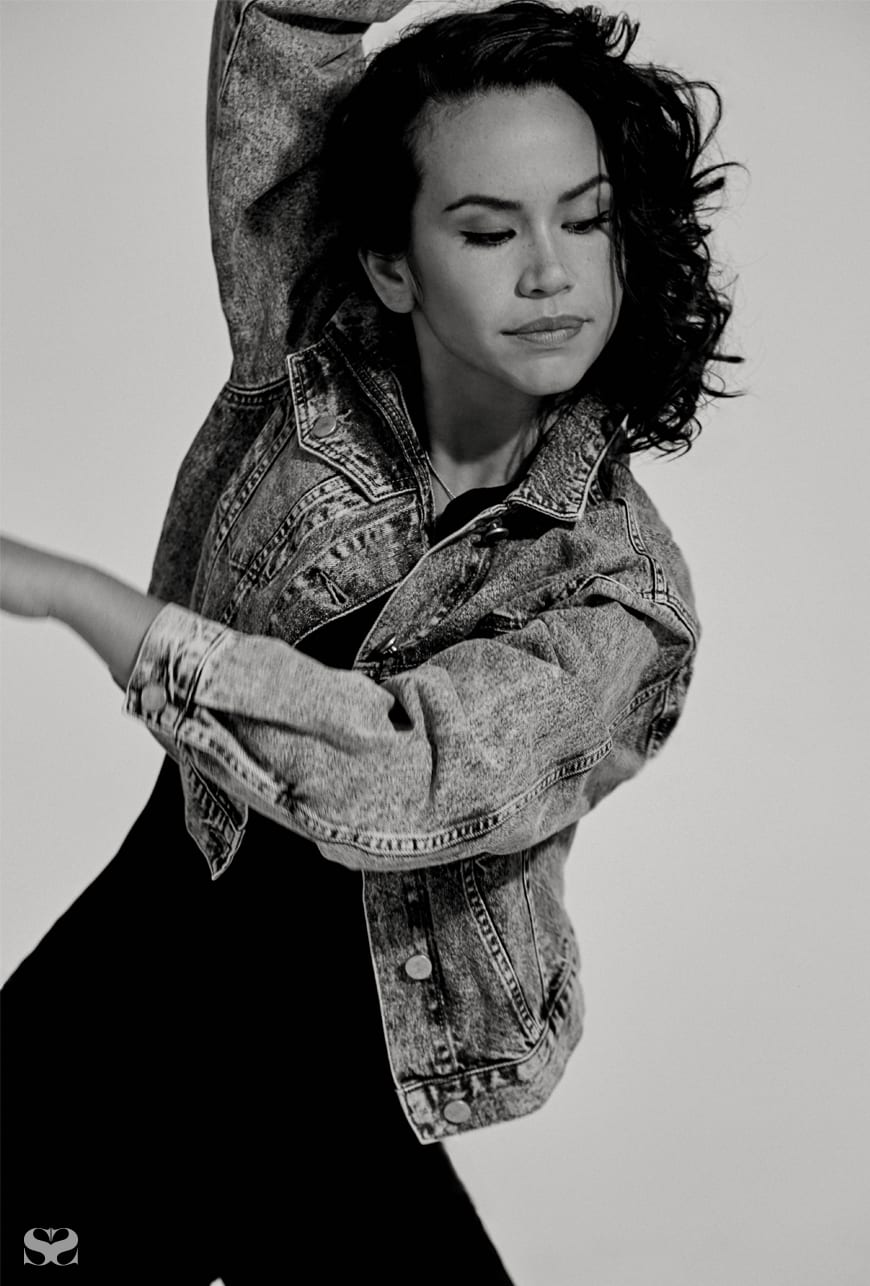
You know Amrita Hepi is a dancer the moment you meet her; the clues are scattered throughout her body language. She jumps up and hugs warmly on first meeting, when she is excited about a topic she leans her whole body in conspiratorially, and her hands tell stories as much as her words do, moving animatedly from one anecdote to another. To watch Hepi perform is to experience a physical expression of her passions – her figure moves as an instrument for her personal narrative, leaving an indelible imprint on your memory.
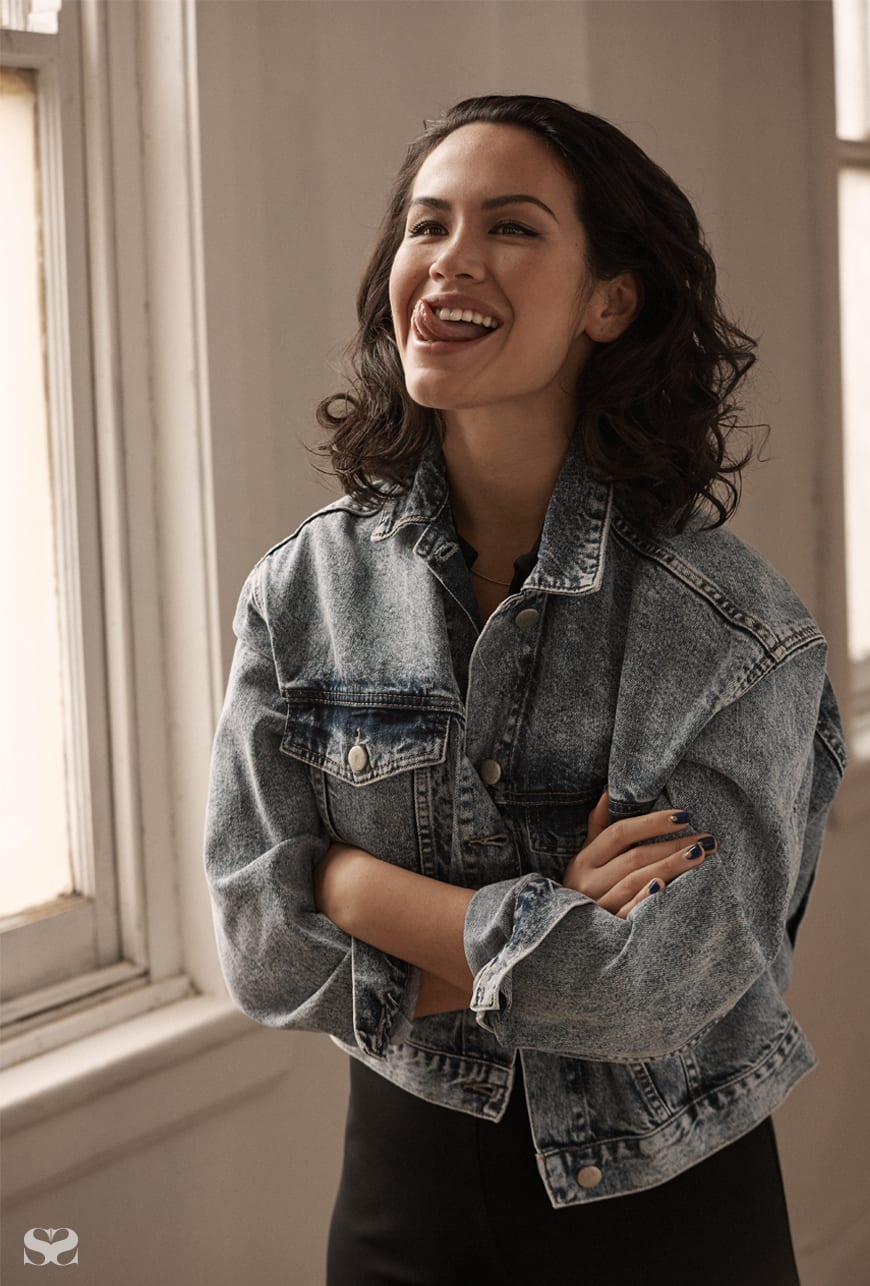
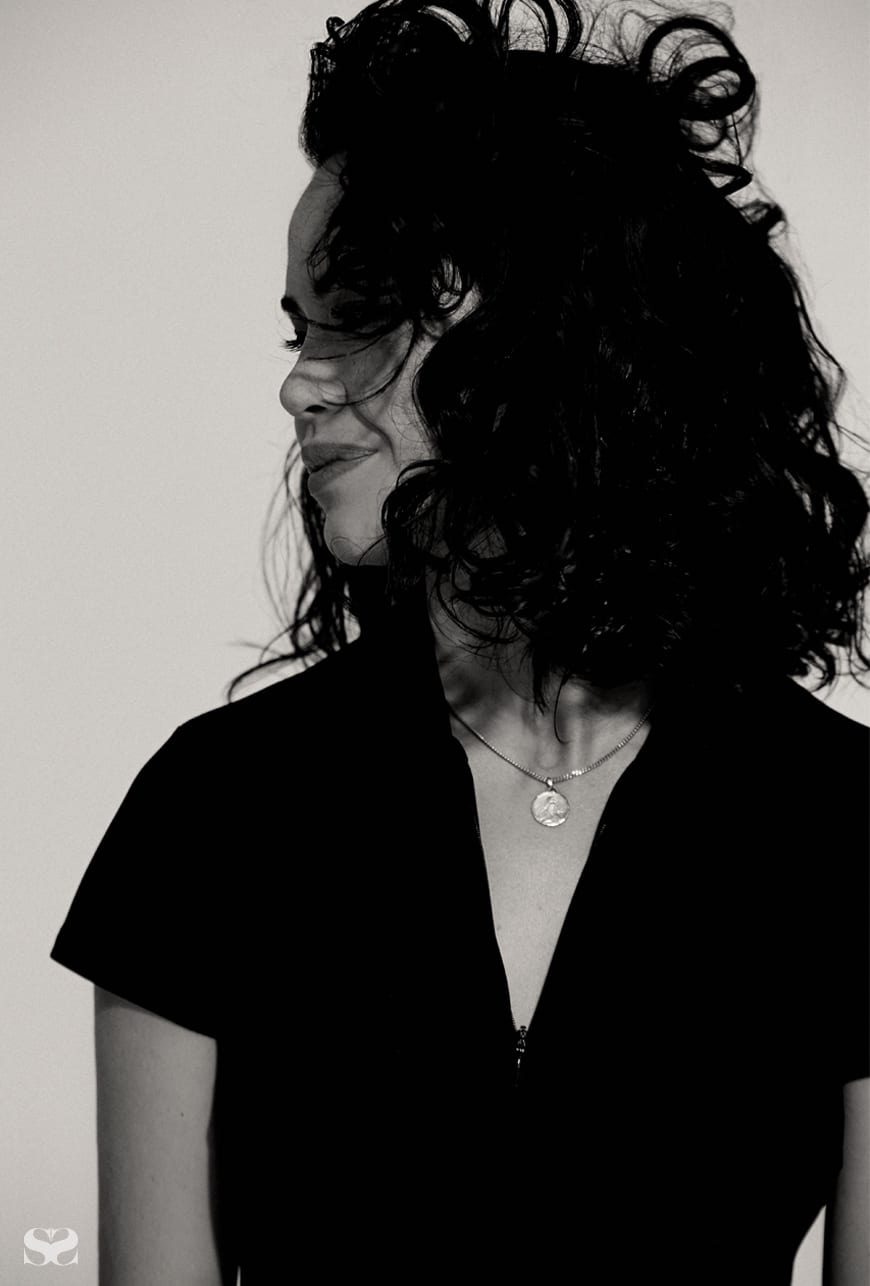
“I started doing dance classes from a young age … I’d just go through my mum’s CDs and push the couch and just kind of thrash around. My mum was like, ‘She’s an amazing dancer!’ and people would be like, ‘She kind of just looks like she’s throwing her body around’.”
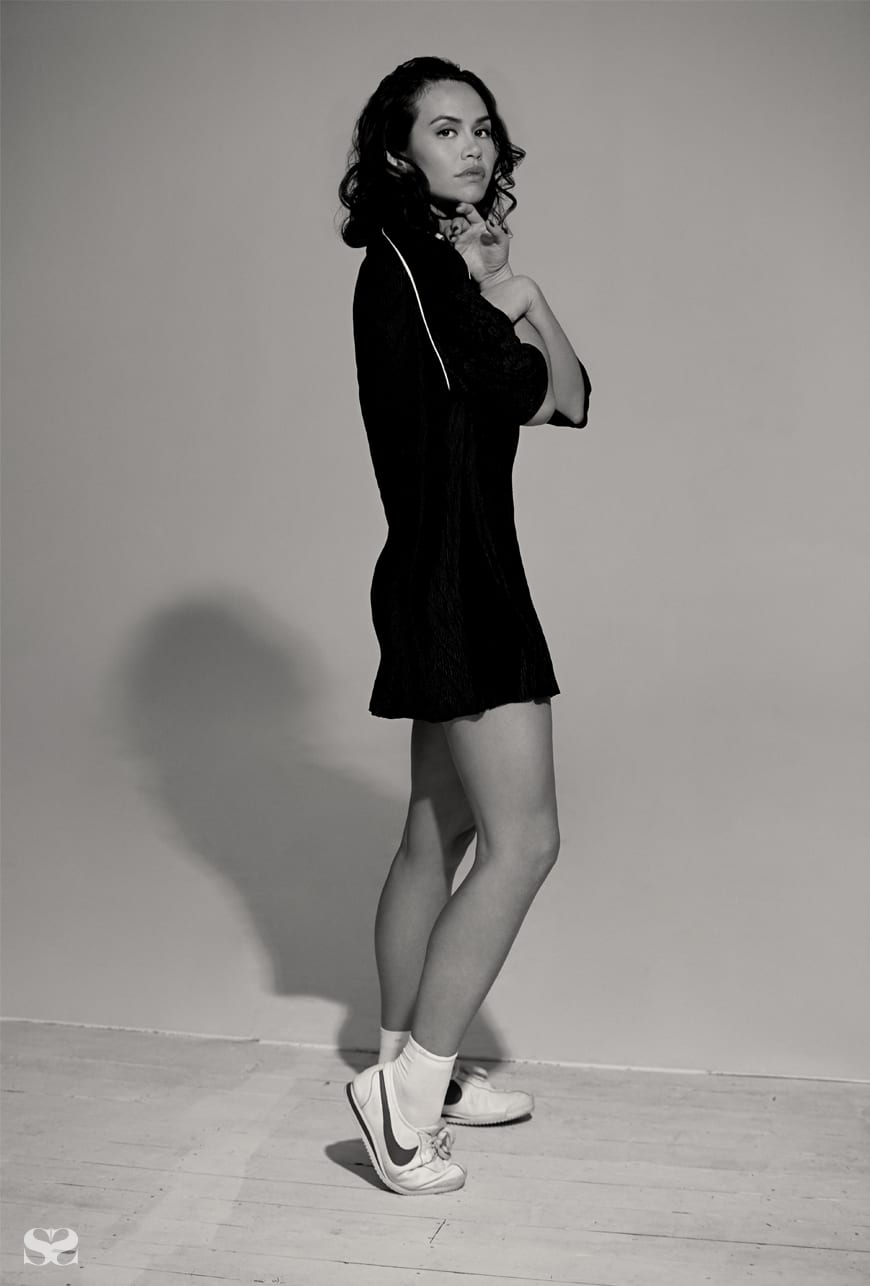
Hepi’s stylistic influences are diverse – Trisha Brown sits comfortably alongside Janet Jackson: “I just thought she was the coolest person in the world … on par for me to watching somebody like Baryshnikov,” and she is outspoken about issues that are close to her heart, specifically the connection to her heritage as an indigenous Australian. “Of recent, I feel like the word ‘brown’ has started to come into people’s lexicon. I feel like from having argonautical, physical dialogues with a lot of my black, brown, Pacific sisters, I’ve started to locate my own sense of what that intersection means.”
“I’m constantly trying to decolonise myself as an artist and to find out what that means.”
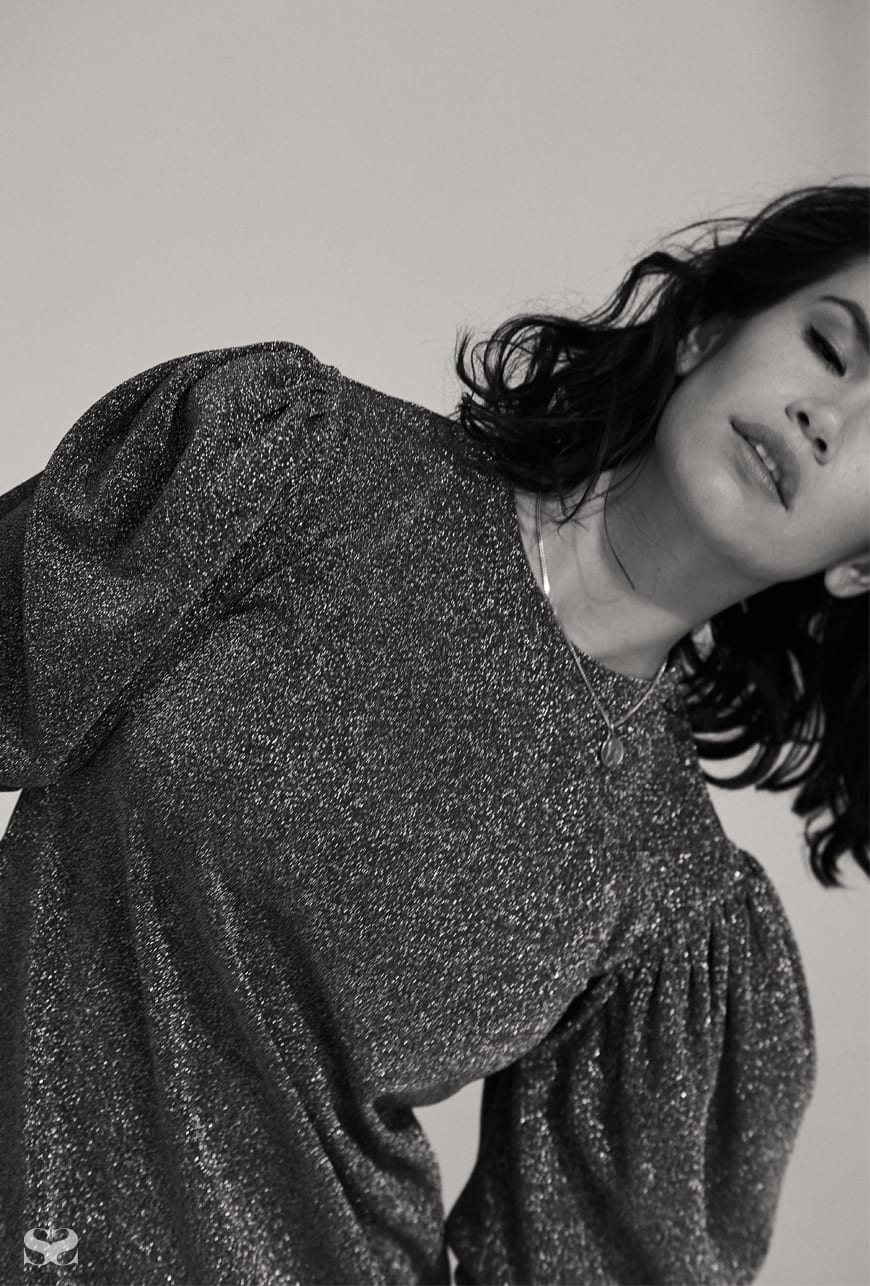
When global retail giant ASOS approached Hepi to pitch an idea for their ASOS Supports Talent initiative the brand was captivated by her four-part dance film series “with four different performers and dancers … that explore the notion of the political body”, and commissioned the project that would go on become her directorial debut. “It’s huge,” says Hepi of the opportunity. “Not only have I met the team that I’m working with at ASOS, who have been amazing … when I met the other people that they’ve chosen for this project I was blown away.”
“Each dancer [featured in the films] has, what I consider [to be] something that is radical about them. Whether that’s within their softness, within their strength, within their very presence, within the fluidity of their movement or within the platform that they’ve created for themselves off their own back.”



